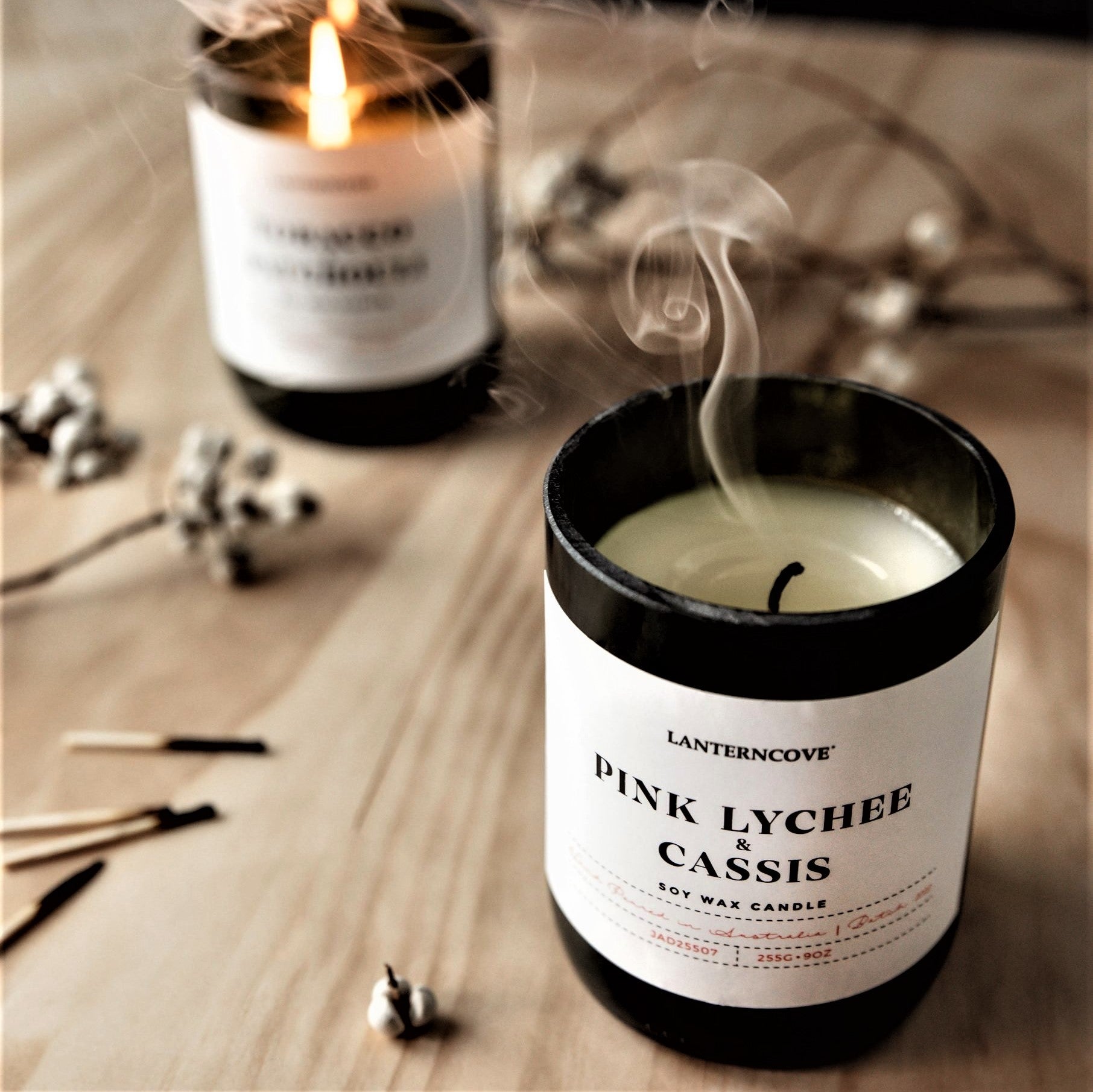Change Your Home with Eco-Friendly Soy Candles and Home Fragrance
Change Your Home with Eco-Friendly Soy Candles and Home Fragrance
Blog Article
From Wick to Wax: Comprehending the Chemistry Behind Soy Wax Candles and Their Ecological Effect
As we brighten our rooms with the warm glow of candle lights, there lies a world of elaborate chemistry behind the relatively straightforward act of lighting a soy wax candle light. Join us as we untangle the scientific ins and outs behind soy wax candles and explore their effects on our environment.
Soy Wax Vs. Paraffin Wax
When comparing soy wax and paraffin wax for candle light production, it is important to understand the distinctive attributes and benefits of each product. Soy wax is a natural, sustainable source stemmed from soybean oil, making it biodegradable and green - crystal soy candles. On the other hand, paraffin wax is a by-product of petroleum refining, which increases worries concerning its environmental impact and sustainability
Soy wax candle lights burn cleaner and emit less soot contrasted to paraffin wax candles, making them a healthier option for indoor air high quality. In addition, soy wax has a lower melting factor, allowing for a longer-lasting candle that spreads scent better. Paraffin wax, on the other hand, has a tendency to shed faster and less cleanly, potentially releasing hazardous chemicals into the air.
From a sustainability perspective, soy wax is favored for its biodegradability and sustainable sourcing, lining up with the growing consumer preference for environmentally conscious products. While paraffin wax has actually been a typical choice in candle light making as a result of its cost and convenience of usage, the change towards eco-friendly options like soy wax is obtaining energy in the market.
Chemical Composition of Soy Wax

Combustion Refine in Soy Candles
The chemical composition of soy wax straight influences the burning procedure in soy candle lights, influencing factors such as burn time, scent release, and ecological effect. When a soy candle light is lit, the warmth from the flame thaws the wax near the wick.
The combustion effectiveness of soy news candles is affected by the purity of the soy wax and the high quality of the wick. A clean-burning soy candle light with a correctly sized wick will minimize and produce a consistent fire soot development. This not just extends the melt time of the candle yet also enhances the release of scents. Furthermore, soy wax candle lights have a reduced ecological impact compared to paraffin candle lights because of their naturally degradable and renewable nature.

Ecological Benefits of Soy Wax

Considered a sustainable option to typical paraffin wax, soy wax uses significant environmental benefits that make it a prominent choice amongst eco-conscious consumers. Soy wax burns cleaner and produces less residue than paraffin wax, adding to better interior air quality and lowering the requirement for cleansing and maintenance. Generally, the environmental benefits of soy wax align my site with the expanding need for environmentally friendly and sustainable items in the market.
Recycling and Disposal Considerations
Reusing and proper disposal of soy wax candles play an essential duty in maintaining ecological sustainability and decreasing waste in households and communities. When it comes to reusing soy wax candles, the initial action is to make certain that the candle has actually melted entirely.

In terms of disposal, if recycling is not a choice, soy wax candle lights are naturally degradable and can be safely disposed of in most house waste systems. It is constantly suggested to check with neighborhood reusing centers or waste administration services for specific standards on candle light disposal to make certain proper handling and environmental security.
Verdict
In verdict, the chemistry behind soy wax candle lights discloses their ecological benefits over paraffin wax candle lights. Soy wax, acquired from soybean oil, burns cleaner and creates less soot when compared to paraffin wax.
When contrasting soy wax and paraffin wax for candle light making, it is important to comprehend the distinct attributes and advantages of each material (crystal soy candles).Soy wax candles shed cleaner and release less soot contrasted to paraffin wax candles, making them a healthier selection for indoor air top quality.Considered a sustainable option to typical paraffin wax, soy wax why not try this out provides remarkable environmental advantages that make it a preferred choice among eco-conscious consumers. Soy wax burns cleaner and generates less residue than paraffin wax, contributing to much better indoor air quality and minimizing the need for cleansing and maintenance.In final thought, the chemistry behind soy wax candles reveals their ecological benefits over paraffin wax candles
Report this page